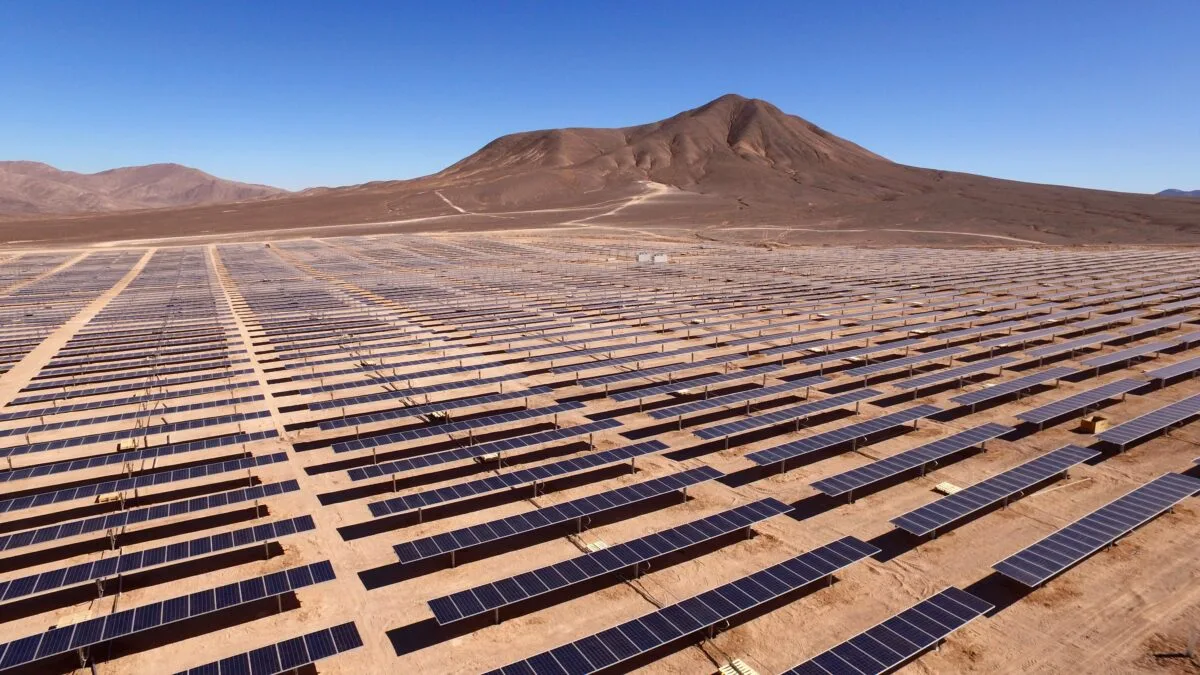This is the best summary I could come up with:
EY said in its latest energy and resources report that 86%, or 187 GW, of newly commissioned renewable energy resources generated electricity at a cost lower than the average cost of fossil fuel generation in 2022.
Solar is the cheapest new-build electricity in many markets, even amid inflation and price rises, said EY, noting that the global weighted average LCOE for solar is now 29% lower than the cheapest fossil fuel alternative.
EY forecasts that solar and wind will become the global baseload electricity source.
Solar-generated power will become the biggest source of energy in countries such as the US, and those in Oceania and South Asia, driven by technologies around solar PV modules advancing at rapid pace,” said EY.
Particularly in the United States, a backlog of grid interconnection applications is causing delays, cancellations, and large incurred costs.
In a survey of more than 70,000 global consumers, EY found that sentiment towards residential solar adoption is strong.
The original article contains 355 words, the summary contains 157 words. Saved 56%. I’m a bot and I’m open source!
Lcoe doesn’t include storage does it? But with that much of an advantage, it might still be cheaper with some storage.
It is just electricity generation, but it is also important to add, that it is the global average price of solar being 29% lower then the global average price of fossil fuel power generation. That means in good locations it would be even cheaper.
As for storage batteries are starting to kill gas power plant projects for cost reasons. That mainly happens in Europe with higher gas costs and emissions pricing, but there are some US examples as well. Both solar and batteries are rapidly becoming cheaper as well.
No, no storage, but you can calculate LCOE with storage, and that is pretty close too, problem is scaling it up, we don’t have enough mining capacity to scale it up to replace fossil fuels entirely, either we find multiple types of batteries so we can distribute load away from lithium nickle and cobalt, or we start to scale nuclear, those are our options.
Actually large grids are another option as well and a really good one. Basically it is always sunny or windy somewhere and when you can transport the electricity you avoid storage. Also there are other types of none battery storage like hydro from reservoirs and pumped, chemical storage with hydrogen or something similar and well stuff like biomass.
It really starts to scale nicely with a bit of overcapacity, a bit of storage, a good grid and a lot of different types of renewables placed over a large area.
Levelized using which interest / discount rate ? As I understand, wind-power has recently been hit by high interest rates (which is relatively worse for renewables with high capital outlay yet low running costs).
It is a global study, so financing costs are different between countries. For example Chinas interest rate is at 10 year low right now. China also happens to be the largest market for renewables. In Europe fossil fuels are above average inflation numbers, so the high interest rate is made not that important as fossil fuels prices have risen that much faster. Indian prime interest rate is at about average right now. Japans interest rate is even negative right now.
Really it is USD which has a high interest rate right now, where it matters and it is bad.
Should be so, hope you are right (didn’t find rates in the pdf). However, these are all temporary, can change a lot on the timescale of such investment. I recall Brazil had a development bank with special rates to get around this problem, but that way is potential source of corruption. Chinese economy is also unstable. Need a risk model. Although not perfect foresight - that’s only a concept of IAMs - real investment made by people acting on promising trends then retiring.



